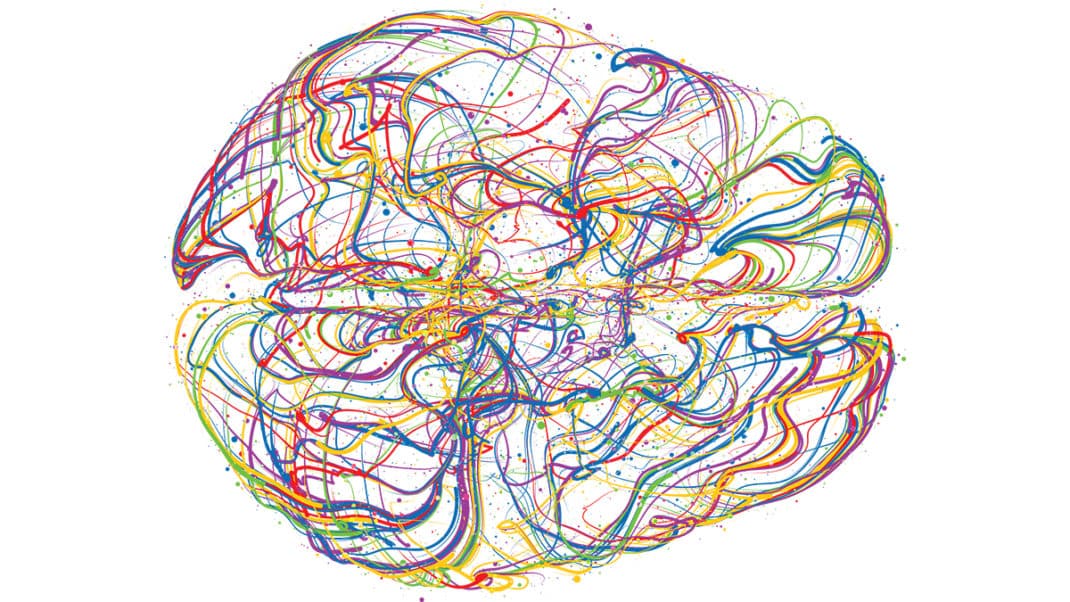Exercise Boosts Neuroplasticity, Helping Depression

In studying physical activity’s effect on depression, researchers from Ruhr-University Bochum in Germany found that exercise simultaneously lifts mood and boosts neuroplasticity, the brain’s ability to change. It is neuroplasticity that lets us adapt to challenges and learn new processes. With its key findings, this research provides further evidence that physical activity benefits the brain. The study appeared in Frontiers in Psychiatry on June 9 (Brüchle et al. 2021).
Neuroplasticity and Depression
As summarized in an August 4 press release from ScienceDaily, researchers worked with 41 people receiving hospital treatment for depression. Brüchle and colleagues (2021) confirmed that baseline levels of motor cortex plasticity were low in the study participants, as one might expect in those with depressive symptoms.
The researchers also noted the association between physical activity and “higher levels of neuroplasticity in healthy subjects,” adding that exercise can be “a protective factor against the onset of depression.” Importantly, they observed that “a lack of physical and cognitive activity, and of social interaction, deprives the brain of important stimuli.” This deprivation can lead to a loss of synapses, which are key to keeping brain plasticity high. “Enhancing neuroplasticity is therefore a promising treatment approach [for major depression],” and a physical activity intervention has proved to be clinically beneficial (Brüchle et al. 2021).
Unfortunately, individuals with depression often withdraw from others and become less physically active. Both are hallmark behaviors. It’s also very typical to lose motivation and lack enjoyment in life—potentially causing further reductions in neuroplasticity as stimulation declines (Brüchle et al. 2021). So the same researchers wanted to see whether a fun, interactive exercise program could restore neuroplasticity and alleviate depressive symptoms.
“The ability to change is important for all of the brain’s learning and adaptation processes,” emphasized lead researcher and associate professor Karin Rosenkranz, MD, in the Science Daily release.
See also: Boosting the Brain Health of Older Adults.
Lifting the Brain With Exercise
Participants separated into two groups. One completed a 3-week exercise program, while the other did no extra physical activity. The active group participated in three 60-minute exercise sessions per week, guided by an instructor.
The University of Bielefeld’s sports science team developed the program, which included elements of endurance, strength and coordination. Most subjects had been fairly sedentary before their stay in hospital. As a result, the researchers kept exercise to a moderate intensity (Brüchle et al. 2021).
The control group participated in two 90-minute group sessions per week for 3 weeks. People remained seated but took part in various games that called for interaction and cooperative play.
Fun Elements Helped Promote Motivation and Togetherness
Exercise activities involved teamwork and aimed to be enjoyable. The program minimized any competitive feelings that might trigger “a sense of underachievement or failure” (Brüchle et al. 2021). There were fun, interactive games, where participants connected in groups or with a partner. “This specifically promoted motivation and social togetherness while breaking down a fear of challenges and negative experiences with physical activity—such as school PE lessons,” Rosenkranz told ScienceDaily.
Hopeful Results for Neuroplasticity and Depression
Following the physical activity intervention, the active group had significantly higher levels of neuroplasticity, achieving the same values as healthy people. At the same time, depressive symptoms declined. “The more the ability to change increased, the more clearly the clinical symptoms decreased,” said Rosenkranz (Ruhr-University Bochum 2021).
Members of the control group also saw improvements, but they were less pronounced than in the exercise group.
“This shows that physical activity has an effect on symptoms and the brain’s ability to change, ” explained Rosenkranz. “We cannot say to what extent the change in symptoms and the brain’s ability to change are causally linked based on this data. [However], it is known that physical activity does the brain good [by promoting] the formation of neuron connections. This could certainly also play a role here.”
Striking a confident note, Brüchle et al. concluded, “We showed that a [physical activity] intervention supports the remission of clinical symptoms and normalizes deficient . . . neuroplasticity in [people with major depression], and that these two observations are highly correlated. Our study therefore further highlights the role of neuroplasticity in the [treatment of depression].”
In summary, Rosenkranz put it this way: “The results show how important seemingly simple things like physical activity are in treating and preventing illnesses such as depression” (Ruhr-University Bochum 2021).
See also: Physical activity jolts brain into action in the event of depression.
Kate Watson is the executive managing editor for IDEA publications.
References
Brüchle, W., et al. 2021. Physical activity reduces clinical symptoms and restores neuroplasticity in major depression. Frontiers in Psychiatry, 12. doi: 10.3389/fpsyt.2021.660642.
Ruhr-University Bochum. 2021. Physical activity jolts brain into action in the event of depression. ScienceDaily, Aug. 4. sciencedaily.com/releases/2021/08/210804123610.htm.






